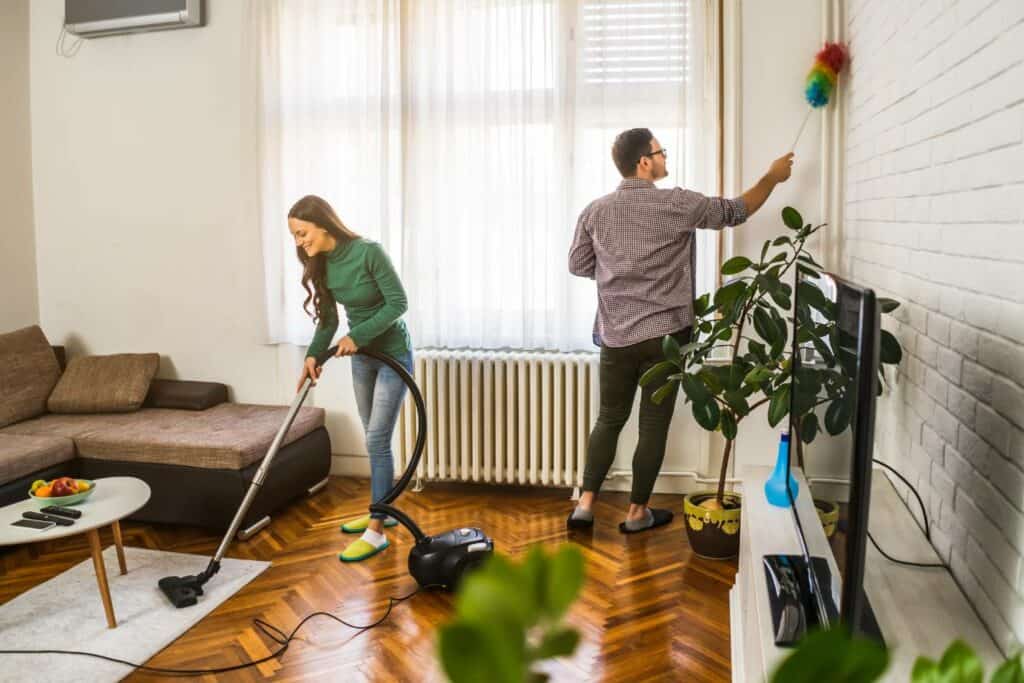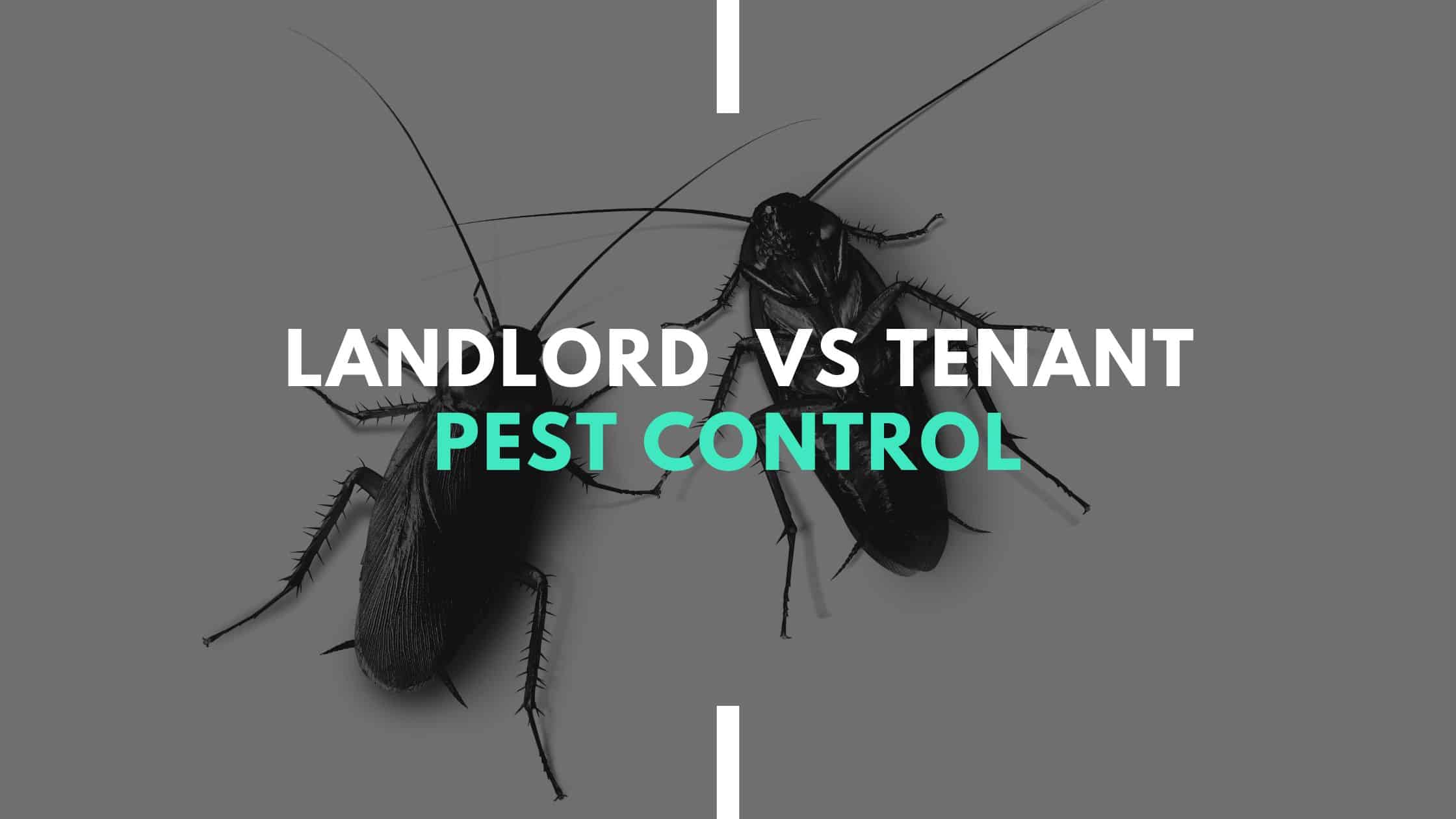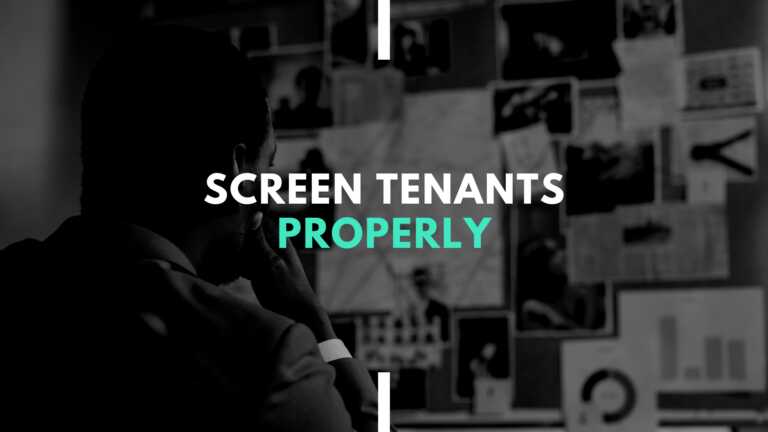Who is Responsible for Pest Control When Renting a Home
Deciphering Responsibilities in Rental Dwellings
The Unseen Intruders: Pest Control in Rental Properties
Renting a property offers numerous advantages, such as flexibility and reduced maintenance responsibilities. However, one issue that can cause significant distress for landlords and tenants is the presence of pests.
Pest control in rental properties is of utmost importance, not only to ensure the comfort and well-being of occupants but also to preserve the structural integrity of the premises. Addressing this concern promptly and effectively can prevent extensive infestations, costly damages, and potential health hazards.
Conflicting Responsibilities: The Tenant-Landlord Conundrum
One aspect that often leads to confusion and conflicts in rental agreements is determining who is responsible for pest control. Tenants and landlords may be entangled in debates over who should take action when an infestation occurs or how prevention measures should be implemented.
While some argue the landlord must provide a pest-free environment, others contend tenants should maintain proper hygiene practices to avoid attracting pests. The lack of clarity surrounding these responsibilities can result from vague rental agreements or an inadequate understanding of local laws about pest control.
Additionally, differing perceptions between tenants and landlords regarding who caused or ignored an infestation further complicate matters. Such ambiguity often leads to disputes, strained relationships, financial burdens on both parties and unnecessary delays in resolving pest-related issues.
Pests: A Threat Not To Be Underestimated
Pests pose a considerable threat not only to human health but also to property structures. Infestations can damage the rented premises’ walls, flooring, electrical systems, insulation materials, furniture, and other valuable assets. These unwanted guests are not limited to typical nuisances like cockroaches or rodents; they include bedbugs, termites, ants, flies, fleas, and even birds.

Moreover, pests can carry and spread diseases, contaminate food sources, trigger allergies, and cause distress among the occupants. The impact of a pest infestation can extend far beyond the immediate discomfort it causes; it can potentially lead to legal disputes, financial losses, increased turnover rates for rental properties, and reputational damage for landlords.
Resolving the Puzzle: Clarifying Pest Control Responsibilities
It is essential to analyze local laws and regulations to address the complexities surrounding pest control responsibilities in rental properties. Jurisdictions often have specific guidelines that outline who holds primary responsibility in different scenarios. While these laws can vary significantly from region to region, they aim to strike a fair balance between tenants’ living conditions and landlords’ obligations.
Always screen your tenants, and press old landlords on whether or not pests were a problem in the past with your potential tenant. This is a question many landlords and property managers simply forget to ask.
We will examine legal considerations that ensure compliance with local regulations and offer insights into handling special cases or exceptions that may arise during tenancy agreements. However, keep in mind that you should always consult your attorney.
General responsibilities for pest control in rental properties
Know Your States Laws
This information is a general guide and may not be fully comprehensive or entirely accurate due to the complexity of individual state laws and variations in lease agreements. In some states, the lease agreement will override the state laws; in others, it will not. It is always best to consult with an attorney.
State | Landlord Responsibility for Pest Control |
|---|---|
California | Landlords are generally responsible for maintaining a pest-free environment through regular inspections and treatments by a licensed pest control professional. |
Texas | Lease agreements typically stipulate that the landlord is responsible for certain aspects of the property’s pest control. |
Arizona | For single-family homes, pest control is usually not provided by the landlord and is typically the tenant’s responsibility. |
Florida | Landlords are required to maintain the property’s structure to prevent pests’ entry. |
Kentucky | Landlords are almost always responsible for general pest control as part of regular property maintenance. |
North Carolina | Landlords must provide pest control services unless the tenant’s behavior caused the infestation. |
Pennsylvania | Protects rented dwellings under an implied warranty of habitability, meaning landlords are often responsible for pest removal as pests like bed bugs make a dwelling unsafe and uninhabitable. |
New York | Landlords are generally responsible for extermination services before renting or leasing a property. |
Illinois | Landlords must provide pest control services unless the infestation was caused by the tenant’s behavior. |
Ohio | Landlords are required to maintain a safe and healthy living environment, which includes addressing any pest issues. However the landlord may have the right to charge the tenant if the pests are from tenant negligence or it is different in the lease. |
Georgia | Landlords are required to maintain the structure of the property to prevent the entry of pests. |
Again, these are general rules and can vary based on individual lease agreements and local laws. For precise details, it’s best to consult local housing laws or a legal expert.
Landlord’s obligations:
The responsibility for maintaining a pest-free living environment in rental properties primarily falls upon the landlord. Landlords must ensure that the property is free from any existing pest infestations before renting it out to tenants.
This includes conducting thorough inspections and taking necessary measures to eliminate pests before the lease agreement begins. Engaging professional pest control services may be advisable in severe cases.
Landlords can start with a clean slate to provide tenants with a healthy and comfortable habitat. In addition to pre-rental obligations, landlords must regularly inspect and maintain the property to prevent pests from entering.
This encompasses checking for any potential entry points like cracks, holes, or gaps in walls, windows, or doors that may serve as access points for pests. Addressing these issues promptly safeguards against infestations and demonstrates the landlord’s commitment to providing a habitable space.
Proper waste management facilities within rental properties are a significant aspect of effective pest control. Landlords should ensure that adequate garbage disposal systems are available and properly maintained.
These facilities should be secured against potential breaches by pests, such as rats or raccoons seeking food sources. Regular trash collection schedules should be established, preventing waste buildup that could attract unwanted critters.
Tenant’s obligations:
Tenants also hold specific responsibilities regarding pest control within their rented premises. Maintaining cleanliness and hygiene plays a vital role in preventing infestations.
Tenants should keep their living spaces tidy by regularly cleaning floors, countertops, and other surfaces where crumbs or food residue can accumulate. Properly storing food in sealed containers further deters pests from being drawn into the premises. There are also a number of natural pest control remedies available.
Prompt reporting of any signs of pest infestation is crucial for effective pest control in rental properties. Tenants should promptly inform the landlord or property manager if they notice any indications of pests, such as droppings, chewed wires, or sightings of insects.

Early detection and communication allow swift action to mitigate the infestation and prevent its escalation. Tenants should also be aware of their responsibility to protect against pests that may be brought in inadvertently.
For example, when moving into a rental property, tenants should ensure that their belongings are free from pests like bed bugs or cockroaches. Preventive measures such as inspecting furniture and bedding before moving in can help prevent an infestation.
A harmonious living environment can be achieved by understanding the general responsibilities of both landlords and tenants regarding pest control in rental properties. Landlords must take proactive steps to eliminate existing infestations, maintain the premises to prevent pest entry, and provide waste management facilities that discourage pests.
Tenants are responsible for upholding cleanliness standards inside their rented premises while promptly reporting any signs of infestation. With both parties actively engaged and fulfilling their obligations, the risk of pest-related problems can be significantly reduced or even eliminated.
Legal Considerations and Local Regulations
The Jurisdictional Variations
When determining the responsibility for pest control in rental properties, it is essential to consider the legal framework and local regulations that govern such matters. These laws can vary significantly from jurisdiction to jurisdiction, adding complexity to the issue.
While some jurisdictions may clearly define the responsibilities of landlords and tenants, others might leave it open to interpretation or rely on common law principles. Therefore, tenants and landlords should familiarize themselves with the specific regulations in their area.
Requiring Landlords to Provide Regular Pest Control Services
In certain jurisdictions, explicit regulations place the burden of providing regular pest control services on landlords. This means landlords are legally obligated to take proactive measures, such as hiring professional exterminators at their own expense. The rationale behind this requirement is rooted in the idea that property owners should ensure a habitable living environment for their tenants by maintaining pest-free premises.
For example, in some regions, landlords may be mandated by law to schedule periodic pest control treatments throughout the year or perform preventive measures against common pests like rodents or insects. Failure to comply with these regulations can result in penalties or potential legal action by tenants seeking compensation or remediation.
Tenant’s Right: Terminating Lease Due to Severe Infestation
To safeguard tenant rights and protect them from prolonged exposure to hazardous conditions resulting from severe infestations, some jurisdictions grant tenants the right to terminate their lease agreement if a landlord fails to address a severe infestation within a reasonable timeframe. Under these circumstances, tenants have recourse available through legal channels when an infestation poses significant health risks or renders the rental property uninhabitable due to extensive damage caused by pests. This provision empowers tenants with an effective remedy should their landlord neglect their duty of promptly resolving severe infestations.
Seeking Legal Advice and Contractual Considerations
Given the complexity of legal requirements and regional variations in pest control responsibilities, both landlords and tenants should seek legal advice or consult local housing authorities when dealing with potential disputes related to pest control. Furthermore, it is crucial for landlords and tenants to clearly outline their respective responsibilities regarding pest control within the lease agreement. By including specific clauses related to pest control, such as the obligation to report any signs of infestation or procedures for addressing such issues, both parties can establish a framework that mitigates potential conflicts and ensures clear expectations.
Legal considerations and local regulations play a vital role in determining who is responsible for pest control in rental properties. Understanding the laws specific to your jurisdiction can help clarify the obligations of landlords and tenants.
From requiring landlords to provide regular pest control services at their expense to allowing tenants the right to terminate a lease due to severe infestations left unaddressed, these regulations aim to protect both parties involved in rental agreements. Seeking professional advice and maintaining clear contractual terms can further contribute towards smooth resolution of any disputes that may arise.
Shared responsibilities between landlords and tenants

Collaboration in identifying and addressing potential causes of infestations
Regarding pest control in rental properties, landlords and tenants play a crucial role in identifying and addressing potential causes of infestations. By working together, they can effectively prevent pests from entering the premises. One key aspect of this collaboration is properly sealing cracks, gaps, or other entry points where pests can infiltrate the property.
Landlords should ensure that the structure is well-maintained and sealed to prevent easy access for pests, while tenants should promptly report any areas that need attention. This partnership fosters a proactive approach to pest control.
Regularly cleaning common areas (if applicable)
In rental properties with shared spaces such as hallways or laundry rooms, proper maintenance and hygiene are essential to keep pests at bay. Both landlords and tenants should prioritize regular cleaning of these common areas to prevent the accumulation of food debris or other attractants that might entice pests.
Landlords need to provide clear guidelines on expectations for cleanliness, while tenants must take responsibility for adhering to them. By working together in maintaining cleanliness in these communal spaces, landlords and tenants contribute significantly toward a pest-free environment.
Special cases and exceptions

Unique situations where responsibility for pest control may differ from standard practices
While there are general guidelines regarding pest control responsibilities in rental properties, certain situations may require exceptions or special considerations. One such instance is multi-unit buildings with shared spaces like hallways or laundry rooms.
In these cases, it becomes necessary to clarify who is responsible for treating these shared areas: the landlord or an appointed property management team? Local regulations and lease agreements can help establish clear guidelines for resolving potential conflicts over responsibility.
Maintaining a harmonious cohabitation environment
In the case of shared spaces, it is crucial to foster a sense of community and shared responsibility among tenants. Encouraging open communication and cooperation between neighbors is key to preventing pest issues.
Landlords can facilitate this by promoting awareness through regular newsletters or postings about preventive measures, effective waste management practices, and reporting procedures for suspected infestations. When tenants feel a shared ownership of the property’s well-being, it creates a harmonious cohabitation environment that deters pests from infiltrating.
Conclusion
Pest control in rental properties is a shared responsibility between landlords and tenants. By collaborating to identify and address potential causes of infestations, such as sealing entry points and maintaining cleanliness in common areas, both parties can create an environment that minimizes the risk of pests taking hold.
Special cases may require additional considerations, especially in multi-unit buildings with shared spaces, where clear guidelines need to be established regarding responsibility for treating these areas. However, with effective communication and a commitment to maintaining a harmonious living environment, landlords and tenants can work together to ensure their rental properties remain free from pesky intruders.







